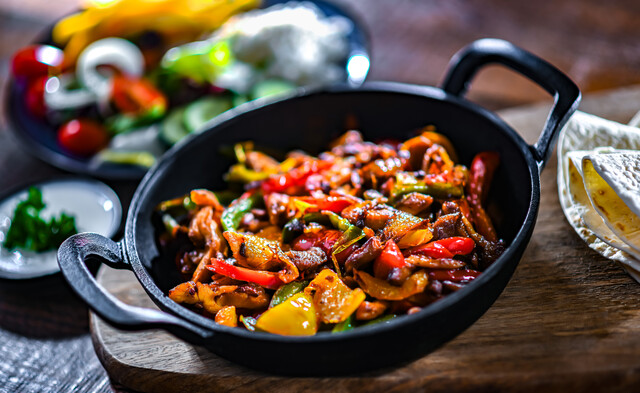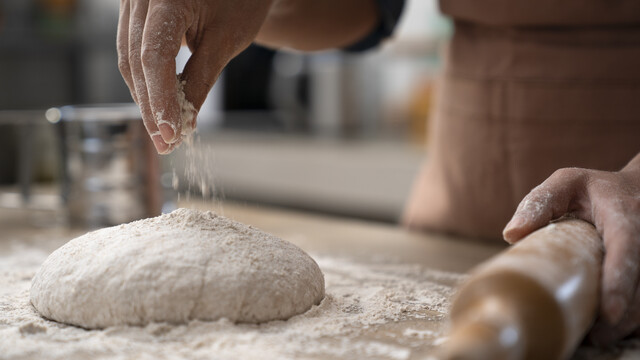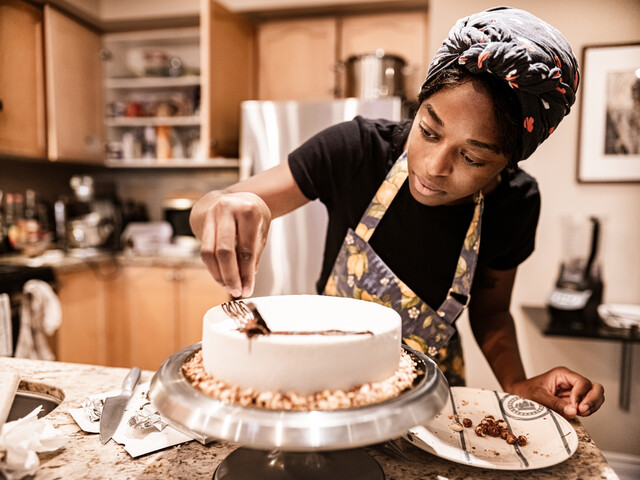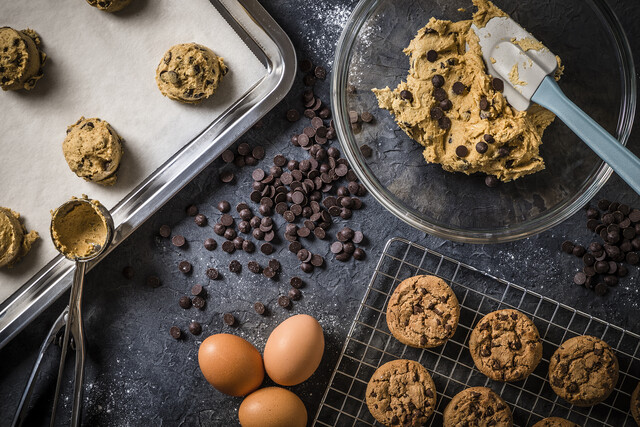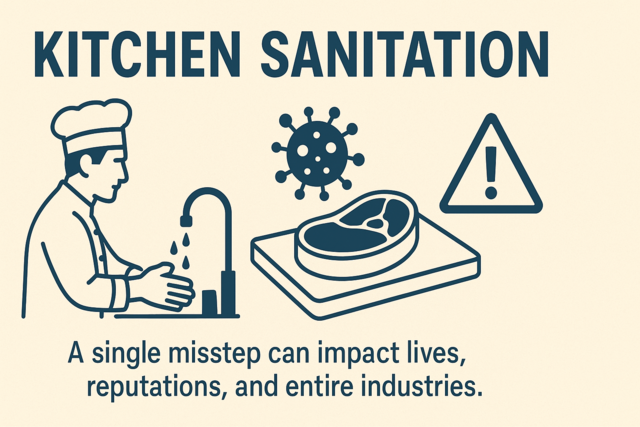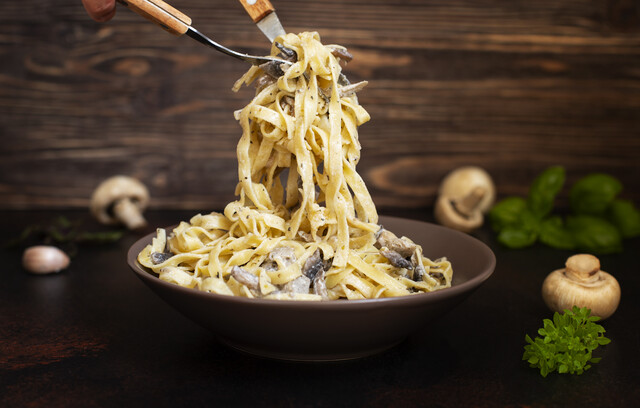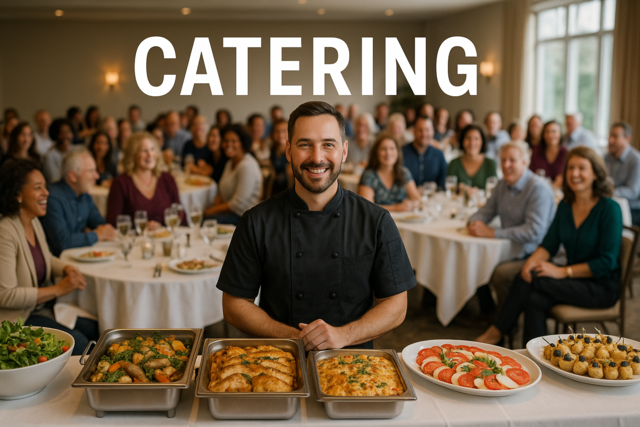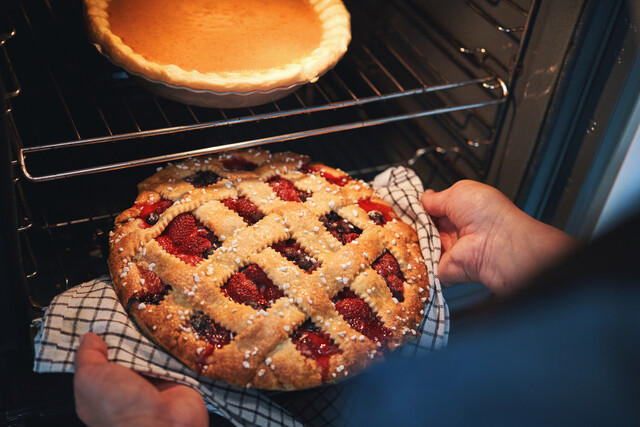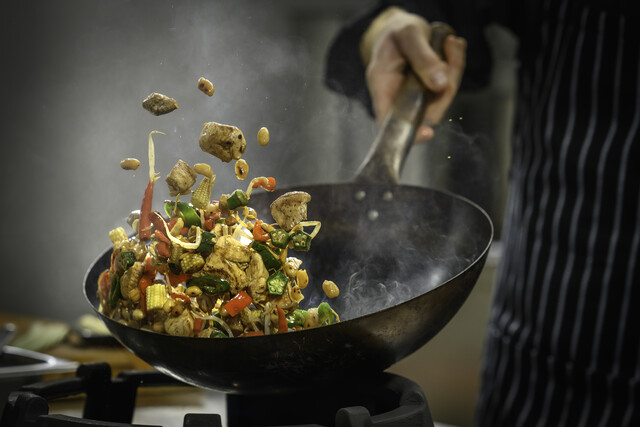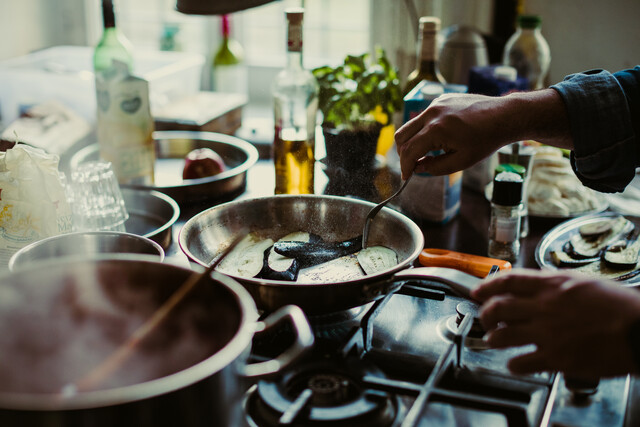Beginner's Guide to Wine
Sip, Savor, Start: Uncork Your Wine Journey!
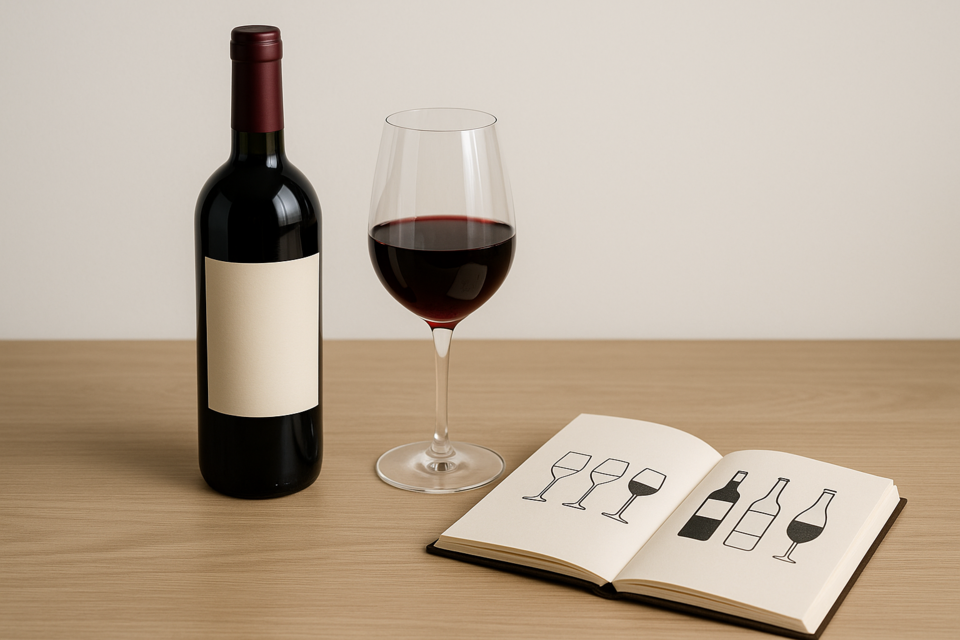
7 Hours average completion time
0.7 CEUs
12 Lessons
13 Exams & Assignments
34 Discussions
12 Videos
13 Reference Files
Mobile Friendly
Last Updated December 2025
Unlocking the World of Wine
Wine: a tantalizing elixir, deeply woven into the tapestry of cultures around the world, but often perceived as a labyrinthine subject. This course promises to be your beacon, illuminating the world of wine and ensuring that you navigate it with confidence and joy.
Erase any trepidation you've ever had about understanding wine. Embark on a journey that begins with mastering fundamental wine concepts and terminology, setting a sturdy foundation for the exploration that lies ahead.
Journey through the Vines:
-
Global Wine Tour: Traverse the iconic wine regions of France, Italy, and Spain, then extend your voyage to the robust vineyards of the United States, the enchanting wineries of Portugal, Australia's sun-kissed valleys, Austria's scenic wine trails, the ancient vine lands of Greece, and beyond.
-
The Art of Tasting: Know what to look for in taste and smell and learn to savor wines like a professional.
-
Selecting with Confidence: Whether you're at an upscale restaurant, a local store, or planning a meal at home, gain the expertise to choose the perfect bottle every time.
-
Pairing Perfection: Discover the symphony of flavors that can be achieved when wine meets food. From appetizers to desserts, we'll demystify the principles of wine and food pairing.
-
From Vine to Glass: Dive deep into the alchemy of winemaking. Grasp the transformative journey of grapes--from the moment they're plucked from the vine until they're elegantly captured in a bottle.
-
The Heart of Wine -- The Grape: The humble grape, the cornerstone of every wine, holds secrets and stories. Delve into the diverse grape varieties and understand their pivotal role in crafting distinct wines.
Wine, with its myriad flavors, textures, and histories, is one of life's most delightful pleasures. This course ensures that you enjoy it to the fullest, savoring each sip with knowledge and appreciation. So raise a glass to a richer understanding and a world of delightful discoveries!
- Understanding global wine regions
- Wine tasting and evaluation skills
- Wine selection confidence
- Appreciation of wine history and traditions
- Insight into wine aging and flavors
- Knowledge of wine production process
- Grasp of grape varietals and their roles
- Food and wine pairing expertise

